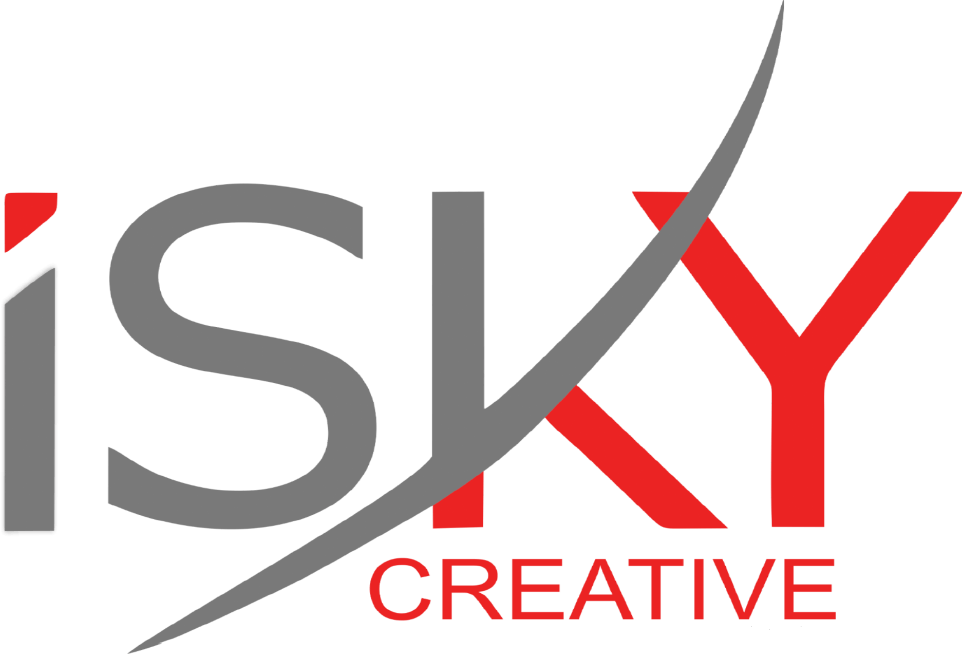In today’s digital age, the internet serves as an essential gateway to information, services, and opportunities. However, for millions of people worldwide with disabilities, accessing the web can be a daunting task due to barriers in design and functionality. This is where web accessibility guidelines play a crucial role in ensuring inclusivity and equal access for all users, regardless of their abilities.
Understanding Web Accessibility:
Web accessibility refers to the practice of designing and developing websites and web applications that can be used by everyone, including people with disabilities. Disabilities can encompass a wide range of conditions, including visual, auditory, physical, speech, cognitive, and neurological impairments. Ensuring web accessibility involves making websites perceivable, operable, understandable, and robust for all users.
Why Web Accessibility Matters:
The importance of web accessibility cannot be overstated. It is not only a matter of legal compliance but also a fundamental human right. Access to information and services online is crucial for full participation in society, including employment, education, healthcare, commerce, and civic engagement. By making the web accessible, we empower individuals with disabilities to lead more independent and fulfilling lives.
Key Web Accessibility Guidelines:
Several international standards and guidelines have been established to help designers and developers create accessible web content. Among the most widely recognized are the Web Content Accessibility Guidelines (WCAG), developed by the World Wide Web Consortium (W3C). WCAG provides a comprehensive set of recommendations for making web content more accessible to people with disabilities.
Some of the key principles of WCAG include:
- Perceivable: Information and user interface components must be presentable to users in ways they can perceive. This includes providing alternatives for non-text content, such as images and videos, and ensuring content is distinguishable and easy to see or hear.
- Operable: User interface components and navigation must be operable. This means ensuring that all functionalities are accessible through keyboard navigation, providing users with enough time to read and use content, and avoiding content that could cause seizures or physical reactions.
- Understandable: Information and the operation of user interface must be understandable. This involves using clear and simple language, providing predictable navigation, and helping users avoid and correct mistakes.
- Robust: Content must be robust enough to be interpreted reliably by a wide variety of user agents, including assistive technologies. This requires using technologies that are compatible with accessibility standards and ensuring compatibility with current and future user agents.
Implementing Web Accessibility:
Achieving web accessibility involves a collaborative effort among designers, developers, content creators, and stakeholders. It requires a combination of technical expertise, empathy, and a commitment to inclusivity. Some common practices for implementing web accessibility include:
- Using semantic HTML markup to provide structure and meaning to content.
- Providing alternative text for images and captions for videos to make them accessible to users who are blind or have low vision.
- Ensuring color contrast ratios meet accessibility standards to make content readable for users with low vision or color blindness.
- Designing forms and interactive elements with keyboard accessibility in mind to accommodate users who cannot use a mouse.
- Conducting regular accessibility audits and user testing to identify and address accessibility barriers.
The Business Case for Web Accessibility:
In addition to the moral imperative of web accessibility, there is also a strong business case to be made. Making websites and web applications accessible not only expands the potential audience but also enhances user experience for everyone. Websites that are more usable and accessible tend to rank higher in search engine results, have lower bounce rates, and enjoy greater customer satisfaction and loyalty.
Conclusion:
Web accessibility is not just a trend or a buzzword—it is a fundamental aspect of modern web design and development. By following established guidelines and best practices, we can create a more inclusive digital world where everyone has equal access to information and opportunities. Embracing web accessibility isn’t just the right thing to do—it’s essential for building a better, more inclusive future for all.

